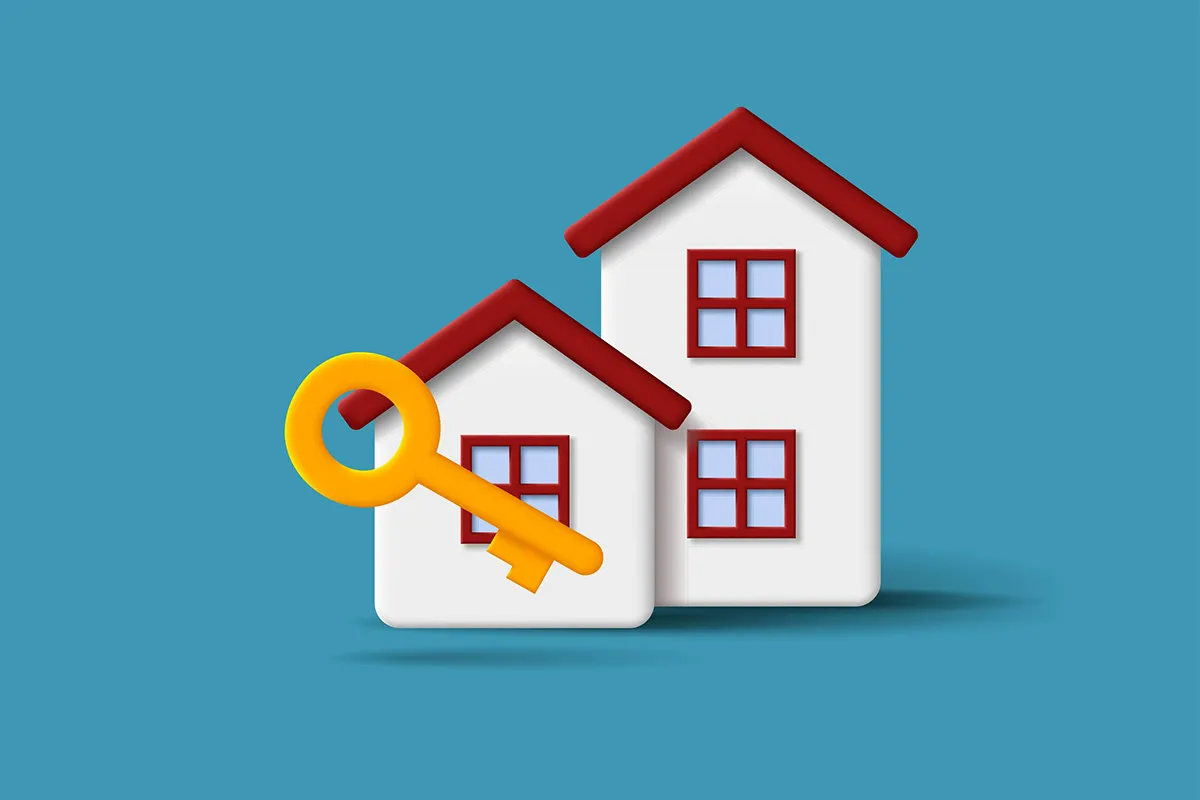Housing authorities often have to manage many properties, employees, and tenants, often with limited staff and resources. To save money and reduce financial exposure, housing authorities have been leveraging claims management software. At the same time, it’s not all about dollars and cents. Housing authorities also use software to create safer homes for residents and their families. Here’s a breakdown of some of the most effective ways to use claim management software to limit risk and foster safer living environments.
Analyzing Claims Data
Your historical claims data is a treasure trove of information that you can use to generate insights that increase safety while decreasing the cost of coverage. Using claims data, you can:
- Identify patterns in claims that could indicate unsafe or risky practices at your properties
- Figure out the underlying causes of claims
- Identify areas that tend to have more claims than others
Once you have this information, you can start taking action. For example, suppose, using risk management software, you discover that one property has more water damage claims during the rainy season than others in the same area. Using this data, you can take steps to improve the drainage systems and water-shedding mechanisms at that property.
Predicting Future Claims
One of the most powerful facets of risk management software is that it makes it easier to predict future claims. For housing authorities, this is especially useful if you’re trying to manage what you spend on claims in different areas.
For instance, you can use claim management software to predict the severity of the coming winter using data from previous years. With this information in hand, you can decide how much coverage you may need for slip-and-fall incidents. At the same time, you can also choose to invest in equipment and materials that can reduce the chances of these types of incidents at each of your properties. Your risk management software makes it easier to justify spending, as well as limit your investments because it gives you actionable data.
Automating Your Incident and Risk Reporting
The most expensive risks are those you can’t see. However, housing authorities can use risk management software to surface more risks quicker—before they balloon into expensive or dangerous incidents. Automated risk reporting systems in your software make this relatively simple.
To illustrate, suppose a tenant notices a loose handrail at one of your properties. They notify the property manager, who inputs it into your claim management software. This automatically gets reported to decision-makers who can immediately dispatch a crew to go fix the problem.
In this way, a claims management system can remove at least one or two steps from the risk communication process. Instead of hoping that a risk manager sees an email, reads a text, picks up the phone, or listens to a voice message, your property manager knows that they get an automated alert via the claims management solution.
Automating Claims Workflows to Reduce Costs
By using claim management software to automate workflows, you make sure your staff handles claims in a consistent manner. Instead of some staff importing information while other staff inputs different data, you can make sure that everyone fills out the same fields in a shared, common system.
By automating your workflows, you also reduce the chances of mistakes. It’s easy for a busy claims manager to hit the wrong key or leave a crucial field blank, but automated entry systems can prevent these kinds of errors.
Consistent workflows and fewer mistakes can save housing authorities significant money, especially when it comes to paying claims administrators. You can reduce the average time it takes to process claims because employees don’t have to go back and fix mistakes or adjust their workflows based on the nature of each claim. As a result, you simultaneously save employees time and reduce the cost of each claim.
Mitigating Vendor Risk
Housing authorities often have to deal with a range of vendors, from construction companies to maintenance providers to tech and IT services. Using risk management software, you can set up a system of checks and balances that ensures that every vendor you deal with:
- Follows safety protocols
- Aligns their practices and services with compliance standards, such as data privacy regulations
- Has any insurance policy they’re required to hold by law and at least the minimum coverage amounts
You can also use your vendor risk management system in your software to vet a business you’re considering working with. By setting up a consistent list of questions and acceptable answers, you can whittle down a long list of potentials to a few top, low-risk candidates. Using software in this way, you can reduce or eliminate claims stemming from vendor risk.
Ventiv’s claims management system can leverage predictive analytics, automated workflows, and reporting, and claims data analysis to reduce the cost and frequency of claims. Regardless of how many properties and vendors you work with, you can depend on Ventiv’s centralized, streamlined workflows to add simplicity and efficiency to your risk management. Learn how by connecting with Ventiv now.







